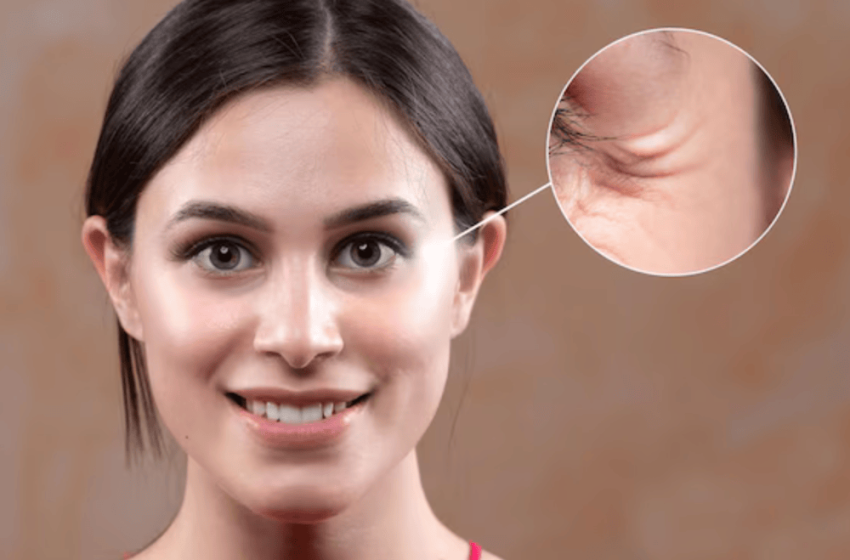How Skin Grafts Aid in Burn Recovery and Wound Healing

Burn injuries can be devastating, often resulting in significant damage to the skin and underlying tissues. Severe burns, whether caused by fire, chemicals, or electrical sources, can destroy large areas of skin, making recovery complex and slow. In such cases, skin grafts are an essential treatment option, helping to replace damaged tissue, promote healing, and improve overall outcomes for patients.
Skin grafts involve the transplantation of healthy skin from one part of the body to another. This procedure is widely used in the treatment of burns and other wounds that are unable to heal on their own. By providing a protective barrier and promoting new tissue growth, skin grafts play a crucial role in both burn recovery and wound healing.
In this article, we will explore how skin grafts work, their different types, and how they contribute to the healing process for burn victims and those with severe wounds.
What Are Skin Grafts?
Skin grafts are surgical procedures that involve removing skin from one area of the body, known as the donor site, and transplanting it to a wound or burn site that requires coverage. The primary goal of a skin graft is to promote healing in areas where the skin has been damaged or lost. The new skin helps protect the wound, prevent infection, and allow the body to regenerate tissue.
There are two main types of skin grafts commonly used:
-
Split-Thickness Skin Grafts: In this type of graft, only the top two layers of skin (the epidermis and part of the dermis) are removed from the donor site. Split-thickness skin grafts are frequently used for treating extensive burns because they heal quickly at the donor site and provide adequate coverage for large wounds.
-
Full-Thickness Skin Grafts: This type of graft involves removing the full thickness of the skin, including the epidermis and dermis, from the donor site. Full-thickness skin grafts are used for smaller, deeper wounds that require more durable skin coverage. These grafts take longer to heal but result in better cosmetic outcomes and less scarring.
How Skin Grafts Aid in Burn Recovery
Burns can cause severe damage to the skin and underlying tissues, leaving wounds that are difficult to heal naturally. Without treatment, large burn wounds are prone to infection, dehydration, and delayed healing. Skin grafts play a critical role in addressing these challenges by covering the wound and accelerating recovery.
1. Promoting Faster Healing
One of the primary benefits of skin grafts in burn recovery is their ability to promote faster healing. Large burn wounds often cannot regenerate skin on their own, especially if the damage extends deep into the dermis. By transplanting healthy skin over the affected area, skin grafts create a new foundation for tissue growth. The grafted skin encourages the body to produce new cells, blood vessels, and collagen, which are essential for wound closure.
For patients with extensive burns, skin grafts significantly reduce the time it takes for wounds to heal. This is particularly important in preventing long-term complications and reducing the risk of infection.
2. Reducing Infection Risk
Open burn wounds are highly susceptible to infections, which can delay healing and increase the risk of complications such as sepsis or tissue death. Skin grafts serve as a protective barrier that covers the wound, preventing bacteria and other harmful microorganisms from entering the body. This helps reduce the risk of infection, allowing the wound to heal in a more controlled environment.
Infection control is especially critical in severe burns that cover large areas of the body. In these cases, skin grafts provide essential protection against environmental factors and support the immune system’s efforts to fight off infection.
3. Minimizing Scarring and Improving Aesthetic Outcomes
Burns often result in significant scarring, which can affect both the function and appearance of the skin. One of the key benefits of skin grafts is their ability to minimize scarring and improve the overall cosmetic outcomes for burn patients. While scarring is still a possibility after a skin graft, the procedure helps reduce the severity of scars by promoting more natural healing processes.
Full-thickness skin grafts, in particular, offer better aesthetic outcomes because they use thicker skin that closely matches the texture and color of the surrounding tissue. This helps improve the appearance of the healed wound and provides greater flexibility and durability to the grafted skin.
For patients recovering from burns on visible areas of the body, such as the face, neck, or hands, skin grafts can make a significant difference in reducing scarring and improving self-esteem during recovery.
How Skin Grafts Aid in Wound Healing
Beyond burn injuries, skin grafts are also widely used in the treatment of other types of wounds, such as traumatic injuries, chronic wounds, and surgical incisions. These wounds often require skin grafts when they fail to heal properly through conventional methods or when they result in significant tissue loss.
1. Supporting Wound Closure
In cases of deep wounds or those that cover a large surface area, the body’s natural healing processes may be insufficient. Skin grafts provide a new layer of skin that supports wound closure by creating a stable environment for tissue regeneration. The transplanted skin acts as a scaffold, allowing the wound to heal from the inside out.
For patients with chronic wounds, such as diabetic foot ulcers or pressure ulcers, skin grafts are a valuable tool in preventing long-term complications. These wounds often remain open for extended periods, increasing the risk of infection and further tissue damage. Skin grafts help close these wounds faster, leading to better outcomes and reducing the need for additional interventions.
2. Restoring Functionality
Severe wounds can impair the functionality of the affected area, particularly if they occur on joints or areas of the body that are crucial for movement. Skin grafts aid in restoring functionality by covering exposed tissues and preventing contractures, which are areas of scar tissue that can limit movement.
In the case of traumatic injuries, where large portions of skin and tissue are lost, skin grafts play an essential role in preserving the function of limbs and other vital areas. By replacing the damaged skin, grafts allow patients to regain mobility and avoid complications that could arise from excessive scar formation.
3. Accelerating the Healing Process
Wounds that do not heal properly can take months or even years to close completely, leading to chronic pain and discomfort for patients. Skin grafts expedite the healing process by introducing healthy skin cells that encourage new tissue formation. This reduces the overall healing time and allows patients to recover more quickly.
For surgical wounds, skin grafts are often used to cover areas where large incisions or tissue removal has occurred. The grafted skin helps the surgical site heal more efficiently and reduces the risk of complications such as delayed healing or infection.
The Future of Skin Grafts in Burn and Wound Care
As medical technology advances, the use of skin grafts in burn recovery and wound healing continues to evolve. New techniques, such as bioengineered skin substitutes and stem cell-based therapies, are being developed to improve the outcomes of skin graft procedures. These innovations aim to enhance the body’s natural healing processes, reduce scarring, and provide better long-term results for patients.
Additionally, advancements in tissue engineering may lead to more personalized skin grafts that can be tailored to each patient’s specific needs. This could revolutionize the way burns and wounds are treated, making recovery faster, more effective, and less invasive.
Conclusion
Skin grafts have become an essential tool in the treatment of severe burns and wounds, providing a way to replace damaged tissue, promote healing, and reduce the risk of infection. Whether used in burn recovery or wound healing, skin grafts offer patients faster recovery times, improved cosmetic outcomes, and a better quality of life.
As research and technology continue to advance, the future of skin grafts looks promising. With more refined techniques and personalized approaches on the horizon, skin grafts will likely play an even more significant role in the recovery of burn victims and those suffering from severe wounds.

